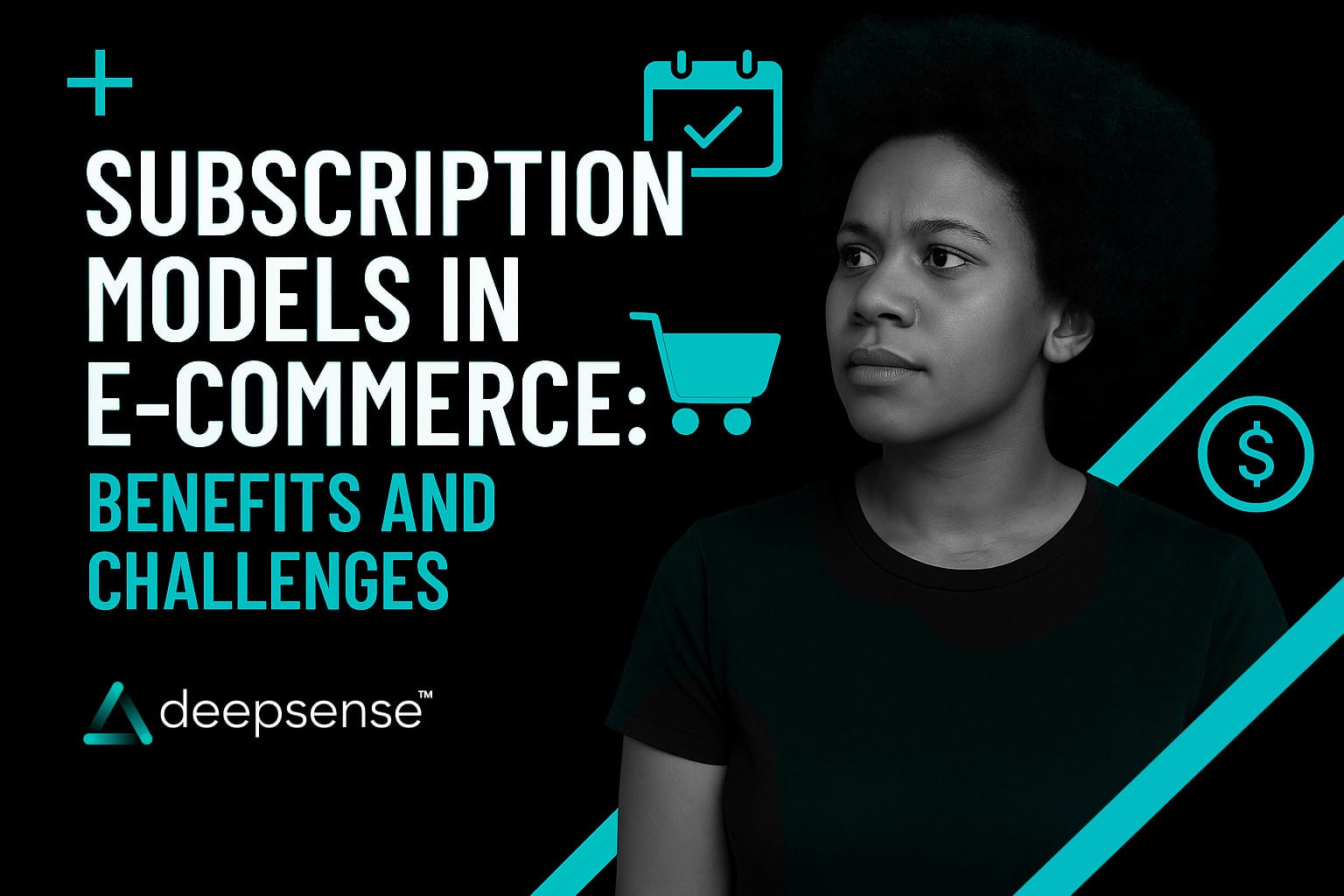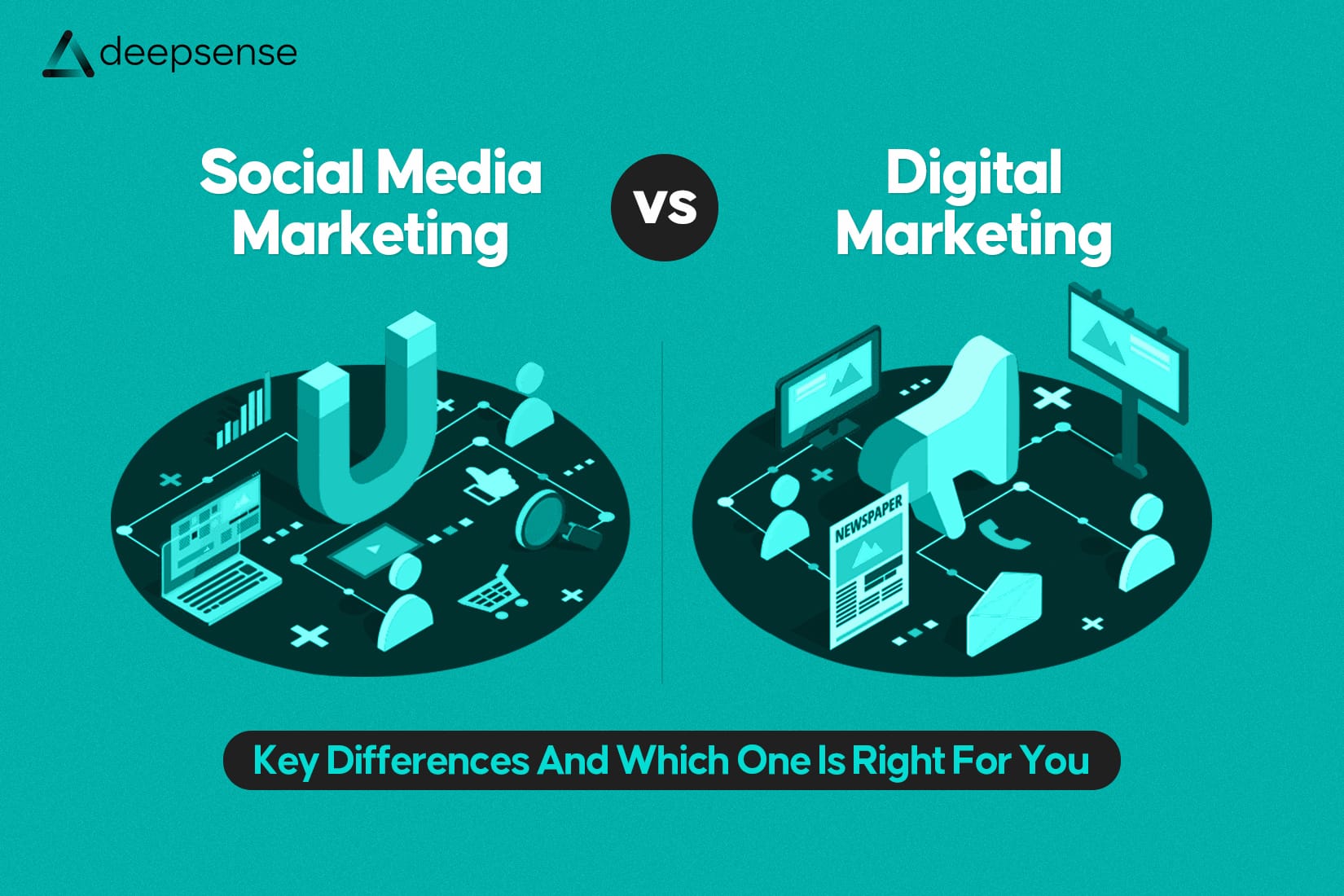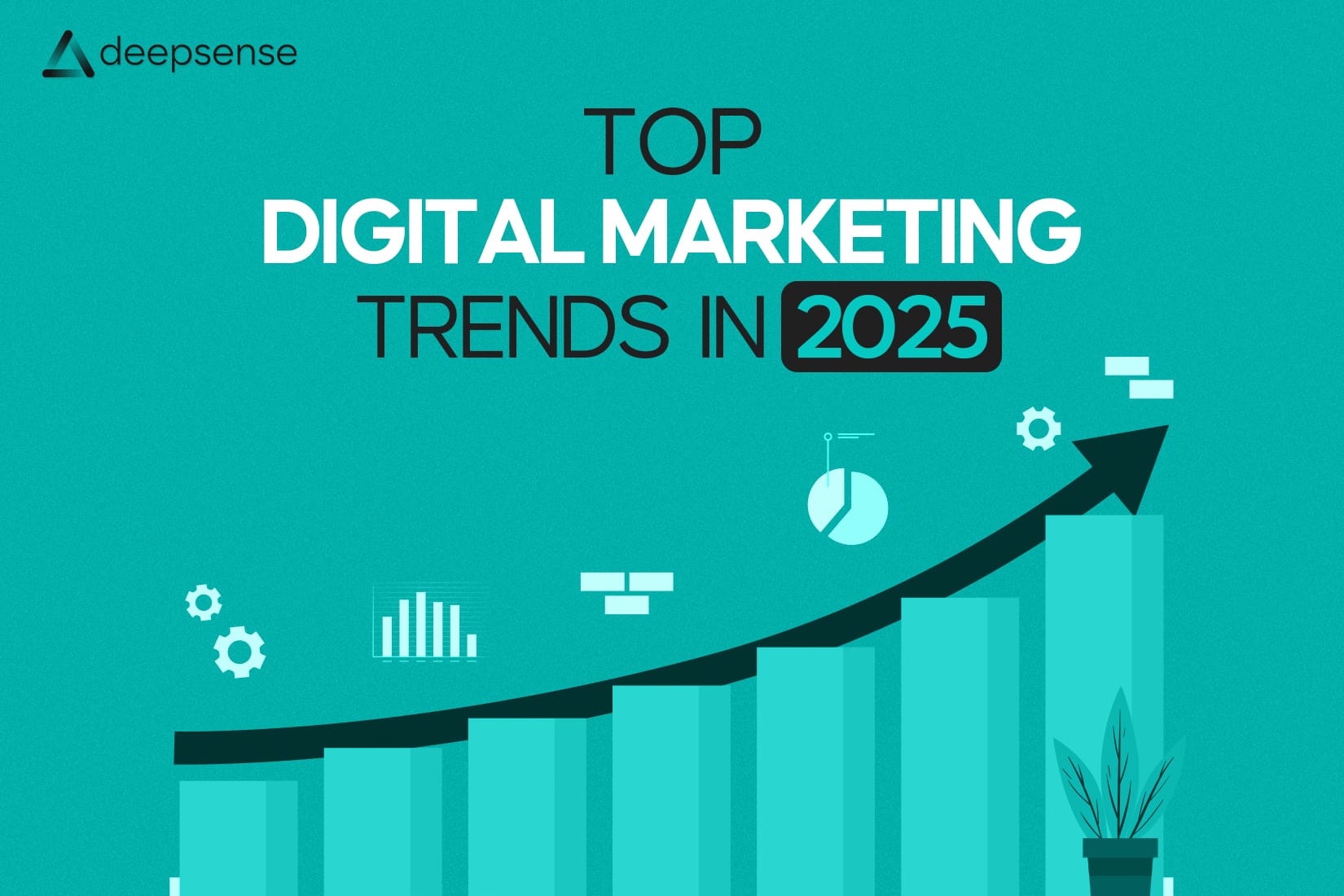In the dynamic world of e-commerce, innovation is key to customer retention and long-term growth. One of the most powerful strategies to emerge over the last decade is the subscription model. What began as a niche offering in select industries has now become a mainstream and highly scalable way for businesses to drive consistent revenue, improve customer engagement, and build lasting relationships.
From Netflix to Dollar Shave Club, subscription commerce is thriving across industries. But it’s not all smooth sailing, businesses must navigate the complexities of customer expectations, operational logistics, and competitive landscapes.
Let’s explore how subscription models work, why they matter, and what you need to consider before diving in.
What is a Subscription Model in E-Commerce?
A subscription model allows customers to pay a recurring fee: weekly, monthly, or annually, in exchange for ongoing access to products or SEO services. Rather than a one-off transaction, this approach builds an ongoing customer relationship.
Common Types of Subscription Models:
- Replenishment Model: Customers receive essential items at regular intervals. Examples: razors, coffee, vitamins, diapers. Think: Dollar Shave Club, Amazon Subscribe & Save.
- Curation Model: Offers a handpicked, personalized selection of items each cycle based on the customer’s profile or interests. Think: Birchbox, Stitch Fix.
- Access Model: Provides access to premium content, perks, or discounts for a membership fee. Think: Netflix, Spotify, Amazon Prime.
Some brands blend all three, giving users flexibility and layered value.
Why Subscription Commerce is Booming
The subscription model transforms casual shoppers into long-term customers. It caters to modern consumer habits of convenience, personalization, and instant gratification, all while giving businesses predictability and insights.
According to Zuora’s Subscription Economy Index, companies in the subscription economy grew revenues about 3.7x faster than the S&P 500 from 2012 to 2023.
This growth is driven by several macro trends:
- Consumer preference for experiences over ownership
- Need for convenience and automated deliveries
- Desire for curated and personalized experiences
- Wider adoption of recurring revenue models across industries
Benefits of Subscription Models in E-Commerce
1. Predictable & Recurring Revenue
With subscriptions, businesses can anticipate future income and manage cash flow more efficiently. This financial predictability allows for smarter inventory planning, marketing, and investment decisions.
2. Higher Customer Lifetime Value (CLTV)
Recurring payments mean customers spend more over time. Instead of making a one-time purchase, they stay engaged, increasing the total value you receive from each customer.
3. Improved Customer Retention
Subscription models create habit and dependency. Whether it’s a weekly meal kit or monthly skincare box, the routine becomes part of a customer’s lifestyle. This reduces churn and boosts loyalty.
4. Streamlined Inventory & Demand Planning
Knowing how many subscribers you have each month allows for better forecasting. This reduces excess stock, minimizes waste, and streamlines fulfillment operations.
5. Personalization & Customer Insights
Because you’re engaging regularly with subscribers, you collect valuable behavioral data. This enables you to personalize offerings, tailor communications, and improve customer satisfaction.
6. Cost-Efficient Growth
Subscription customers are often acquired through word-of-mouth, referral programs, or trials. Over time, the cost to serve a retained subscriber is lower than constantly chasing new buyers.
7. Upselling & Cross-Selling Opportunities
Once trust is built, you can introduce add-ons, premium upgrades, or related products. Subscription businesses often generate more revenue from existing customers than from new ones.
Challenges of Subscription Models in E-Commerce
While the benefits are compelling, it’s essential to understand the obstacles. A poorly designed subscription offering can backfire, damaging customer trust and draining resources.
1. Churn & Subscription Fatigue
The biggest threat to any subscription business is churn. If customers don’t perceive ongoing value or feel locked in, they’ll cancel. Some may even sign up, take the welcome offer, and immediately churn.
Solution: Keep value fresh, offer personalization, exclusivity, loyalty rewards, and easy ways to pause or skip.
2. High Initial Tech & Operational Setup
Subscription logistics are more complex than single-order e-commerce. You need reliable tech stacks, subscription billing systems, inventory syncing, customer support, CRM, and fulfillment automation.
Tip: Use tools like Recharge, Bold Subscriptions, or Shopify’s native subscription apps to get started quickly.
3. Customer Acquisition is Harder
It takes more persuasion to get a user to commit monthly than buy once. You need to clearly communicate value, reduce friction, and build brand trust from the outset.
Best Practice: Offer a free trial, discounted first month, or cancel-anytime guarantee.
4. Managing Customer Expectations
Subscribers expect value, not just convenience. If your curated box becomes repetitive or delivery is delayed, they’ll churn. The pressure to consistently delight is higher in subscription models.
5. Refunds, Cancellations & Support Burden
Ongoing relationships mean more customer service queries, from skipped shipments to payment failures. If your support team isn’t ready, it can hurt your reputation and retention.
6. Fraud & Subscription Abuse
Some users game free trials or use fake emails for multiple low-cost sign-ups. Without strong verification and limits, this can inflate acquisition costs and affect your bottom line.
When Should You Consider Adding a Subscription Model?
While it’s tempting to jump on the subscription bandwagon, success depends on product-market fit. Ask yourself:
- Is my product consumable, repeatable, or collectible?
- Do my customers want convenience, exclusivity, or discovery?
- Can I consistently deliver value over time?
- Do I have the logistics and tech to manage recurring operations?
If the answer is yes, even partially, a subscription layer might be a great addition.
Top Subscription Brands Getting it Right
- HelloFresh – Weekly meal kits tailored to dietary needs and preferences.
- Scribd – Unlimited access to eBooks, audiobooks, and documents.
- BarkBox – Monthly box of toys and treats customized for your dog.
- The Honest Company – Replenishment subscriptions for baby and household products.
- Netflix – A pioneer in subscription-based streaming, now influencing entertainment habits worldwide.
Best Practices for Running a Successful Subscription Business
- Design a frictionless user journey: Easy sign-up, account management, and cancellation.
- Keep the value dynamic: Regularly refresh offerings and introduce surprise elements.
- Encourage long-term engagement: Use loyalty rewards, community building, or exclusive content.
- Monitor churn metrics closely: Understand why customers leave and fix issues early.
- Test and iterate: A/B test different pricing plans, email sequences, and product bundles.
Final Thoughts
The subscription model is a powerful strategy in e-commerce, but it’s not a plug-and-play solution. It requires intentional design, consistent delivery of value, and ongoing adaptation to consumer needs.
For brands that get it right, subscriptions can transform one-time buyers into lifelong customers, stabilize revenue, and unlock deeper brand loyalty. Whether you’re launching a new brand or adding a recurring stream to your existing store, the opportunity is massive.
The question is: can you deliver value not just once, but every single month?
FAQs
1. What is the subscription model in e-commerce?
The subscription model in e-commerce is a business strategy where customers pay a recurring fee: monthly, quarterly, or annually, to receive products or services regularly. Instead of making a one-time purchase, customers subscribe for continued access or deliveries, offering convenience and often cost savings. This model is widely used for products like meal kits, beauty boxes, streaming services, and digital tools.
2. What are the 4 models of e-commerce?
The four primary e-commerce models are:
- B2C (Business to Consumer): Businesses sell directly to consumers (e.g., Amazon, Flipkart).
- B2B (Business to Business): Transactions between businesses (e.g., Alibaba, Udaan).
- C2C (Consumer to Consumer): Consumers sell to other consumers (e.g., OLX, eBay).
- C2B (Consumer to Business): Consumers offer products or services to businesses (e.g., influencer marketing platforms, freelance marketplaces like Upwork).
3. What are the three types of subscriptions?
The three common types of subscriptions in e-commerce are:
- Replenishment: Automates the purchase of essential products (e.g., razors, pet food, supplements).
- Curation: Offers personalized selections, often in categories like fashion or beauty (e.g., FabFitFun, Birchbox).
- Access/Membership: Grants exclusive access to content, services, or discounts (e.g., Netflix, Amazon Prime, Spotify).
4. What is the most popular online subscription?
As of recent years, Amazon Prime is considered one of the most popular online subscriptions globally. It offers fast shipping, video/music streaming, exclusive deals, and more. Other top contenders include Netflix, Spotify, and YouTube Premium.
5. What are the benefits of a subscription model?
- Predictable Revenue: Recurring payments create stable cash flow.
- Customer Retention: Encourages long-term relationships and brand loyalty.
- Convenience: Customers enjoy hassle-free repeat purchases or access.
- Better Inventory Planning: Predictable demand helps manage supply efficiently.
- Data Insights: Continuous interaction helps understand customer preferences.
- Upselling Opportunities: Easier to offer upgrades or complementary services.
6. How to explain a subscription?
A subscription is like a membership or service plan where you pay regularly (like monthly or yearly) to keep receiving a product or service. Instead of buying once, you sign up to get what you need consistently, be it a magazine, meal kit, video content, or grooming products, without having to reorder every time.











